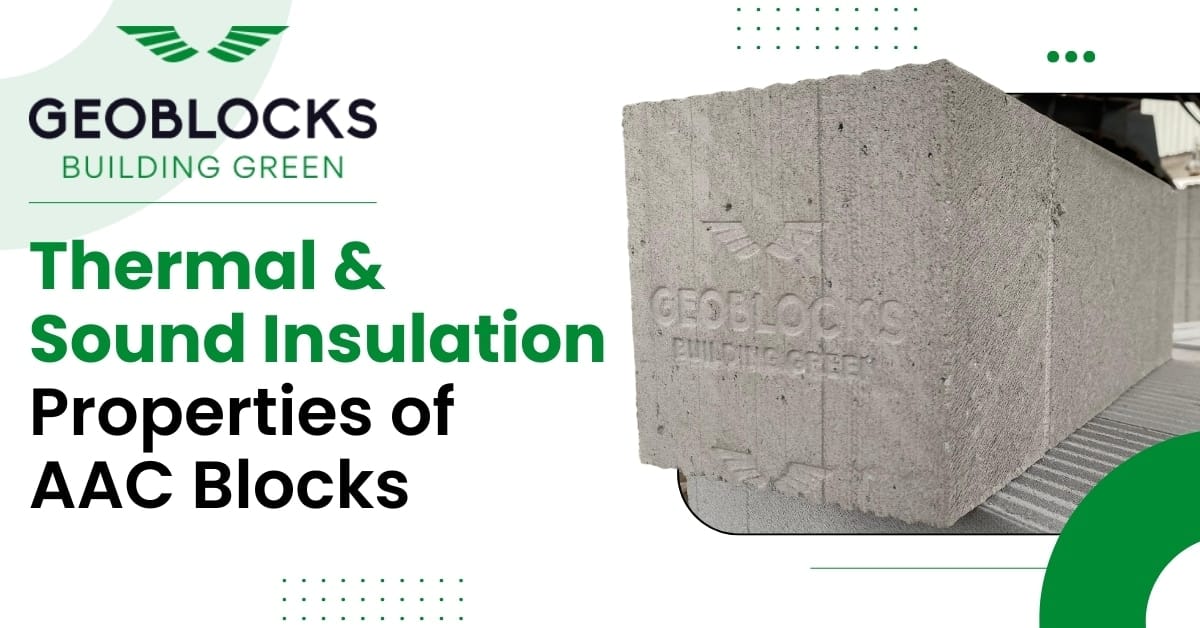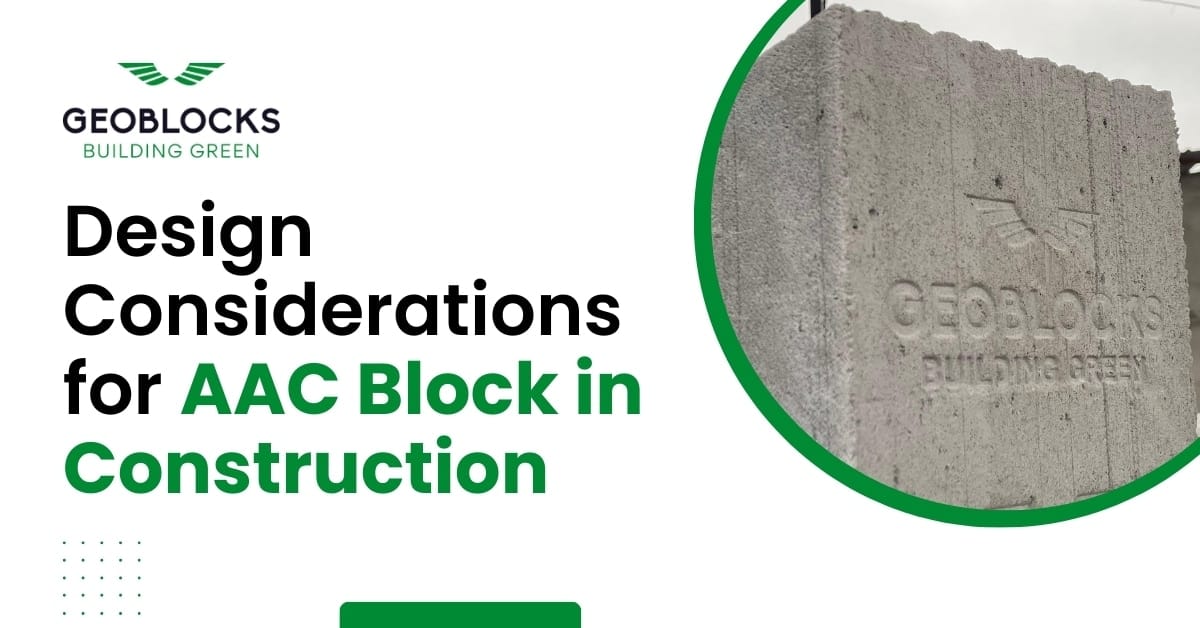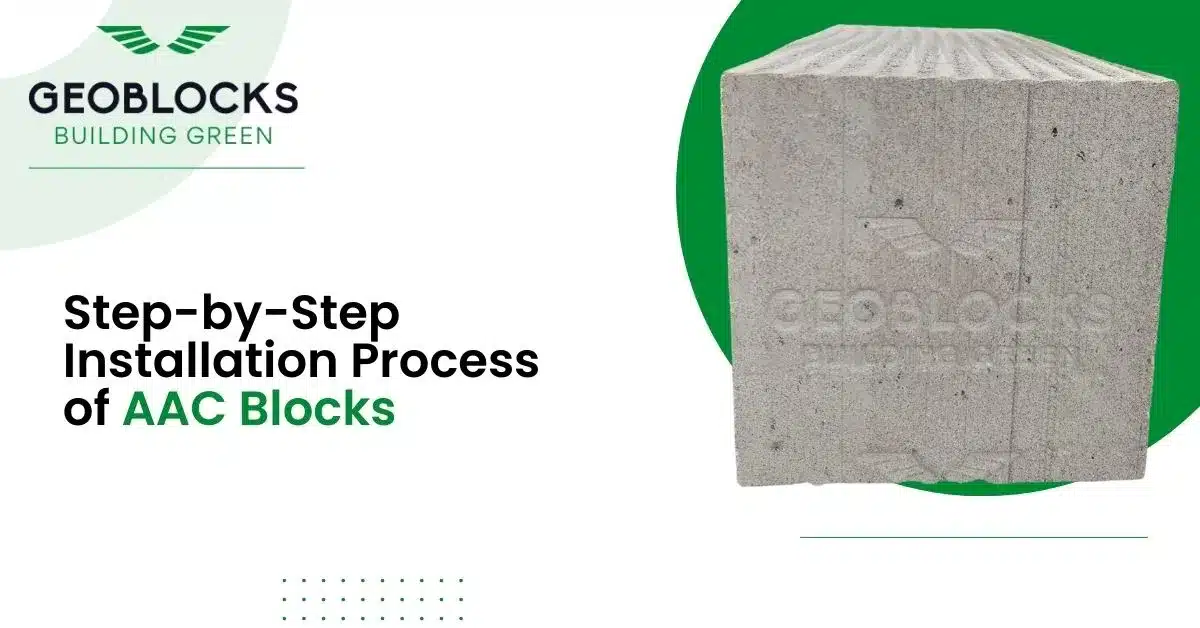In today’s world of smart construction and sustainable living, insulation plays a crucial role in…

Autoclaved Aerated Concrete (AAC) blocks are widely used in construction due to their excellent insulation properties, lightweight nature, and ease of installation. When planning construction projects, one common question that arises is how many AAC blocks are required to fill a cubic meter of space. This blog will help you understand the calculation and how to determine the number of AAC blocks needed for your project.
What Are AAC Blocks?
AAC blocks are precast building materials made from a mixture of fine aggregates, cement, lime, and water. The mixture undergoes a curing process using high-pressure steam (autoclaving), which gives AAC blocks their unique properties: lightweight, thermal insulation, soundproofing, and fire resistance. Due to these advantages, AAC blocks are becoming a preferred choice for constructing walls, floors, and roofs in both residential and commercial buildings.
How to Calculate the Number of AAC Blocks in 1 Cubic Meter?
To determine how many AAC blocks fit in 1 cubic meter, you must know the size and volume of each block. Since AAC blocks come in various sizes, the number of blocks in 1m³ will vary depending on their dimensions.
Common Sizes of AAC Blocks:
1. Standard Size (600mm x 200mm x 150mm)
This is one of the most common sizes used in construction. To calculate the volume of a single block, you multiply its length, width, and height:
Volume of one block=0.6m×0.2m×0.15m=0.018m3\text{Volume of one block} = 0.6m \times 0.2m \times 0.15m = 0.018m^3Volume of one block=0.6m×0.2m×0.15m=0.018m3
Number of blocks in 1 cubic meter:
10.018≈55.56 blocks\frac{1}{0.018} \approx 55.56 \text{ blocks}0.0181≈55.56 blocks
So, approximately 56 blocks of this size fit into 1 cubic meter.
2. 600mm x 200mm x 100mm
For smaller AAC blocks, the volume is:
Volume of one block=0.6m×0.2m×0.1m=0.012m3\text{Volume of one block} = 0.6m \times 0.2m \times 0.1m = 0.012m^3Volume of one block=0.6m×0.2m×0.1m=0.012m3
Number of blocks in 1 cubic meter:
10.012=83.33 blocks\frac{1}{0.012} = 83.33 \text{ blocks}0.0121=83.33 blocks
So, approximately 83 blocks of this size fit into 1 cubic meter.
3. 600mm x 250mm x 150mm
Larger AAC blocks have a volume of:
Volume of one block=0.6m×0.25m×0.15m=0.0225m3\text{Volume of one block} = 0.6m \times 0.25m \times 0.15m = 0.0225m^3Volume of one block=0.6m×0.25m×0.15m=0.0225m3
Looking for reliable AAC blocks? Get in touch with us for precise calculations and high-quality blocks delivered to your site on time.
Number of blocks in 1 cubic meter:
10.0225=44.44 blocks\frac{1}{0.0225} = 44.44 \text{ blocks}0.02251=44.44 blocks
So, approximately 44 blocks of this size fit into 1 cubic meter.
Factors Affecting the Number of Blocks
While the size of the AAC block is the primary factor in determining how many blocks fit in a cubic meter, there are a few other elements to consider:
- Block Density:
The density of AAC blocks can vary depending on the manufacturer and the specific mix used. Higher-density blocks tend to be more durable and have better thermal insulation properties, but they may take up slightly more space. - Mortar Joints:
In actual construction, mortar is used between the blocks, which will slightly reduce the number of blocks required to cover a cubic meter of space. Typically, a 6mm mortar joint will add to the overall volume of each block. - Manufacturing Tolerances:
Manufacturing processes can cause slight variations in block sizes. These variations are usually minimal but may affect the overall calculation for a particular batch of blocks.
Why Knowing the Number of AAC Blocks Matters
Accurate calculations for the number of AAC blocks needed are critical for the following reasons:
- Cost Estimation:
Knowing how many blocks you need helps in budgeting for the materials required for construction. This helps prevent material shortages or over-purchasing, saving costs in the long run. - Project Planning:
Knowing the volume of AAC blocks needed also helps in estimating the delivery times and the logistics of transporting the blocks to your construction site. - Material Optimization:
Proper calculations ensure that the materials are used efficiently, reducing waste and ensuring the proper strength and insulation performance of your building.
Frequently Asked Questions
How many AAC blocks is 1m³?
The number of AAC blocks in 1m³ depends on the block size, with approximately 56 blocks for a standard 600mm x 200mm x 150mm size.
What is the cost of 1 cubic meter of AAC block?
The cost of 1 cubic meter of AAC block varies depending on the manufacturer, region, and block size, but generally ranges from ₹4,000 to ₹7,000.
How many blocks come in 1 cubic meter?
The number of blocks in 1 cubic meter depends on their size. For standard 600mm x 200mm x 150mm blocks, around 56 blocks fit in 1m³.
Conclusion
The number of AAC blocks in 1 cubic meter depends on the block’s size. For a standard-sized 600mm x 200mm x 150mm block, around 56 blocks fit into a cubic meter. However, for other sizes like 600mm x 200mm x 100mm or 600mm x 250mm x 150mm, the number can vary. Proper calculation of the required number of blocks ensures cost efficiency, accurate planning, and effective use of resources in your construction project.
When purchasing AAC blocks for your building project, be sure to consult with the supplier to verify block sizes and ensure that your calculations are accurate. This will ensure smooth project execution and optimal results with your AAC block installation.




